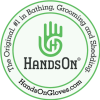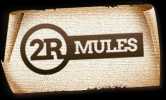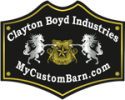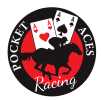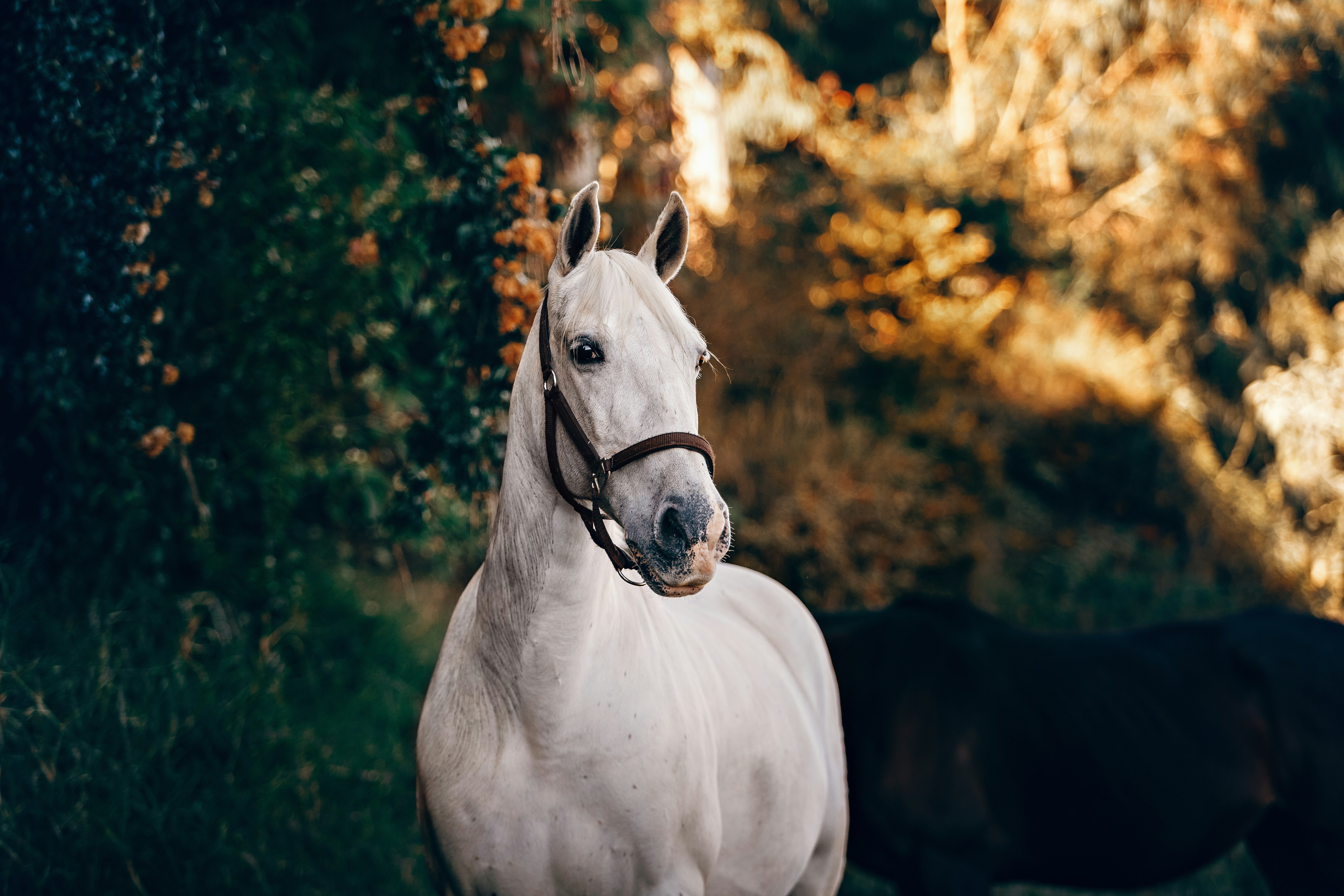
A horse may need to be sedated at various points in its life. Whether it is undergoing a dental procedure, veterinary examination or surgery, sedation will ensure the horse remains safe, cooperative and free from pain and distress throughout the entire process.
By inducing muscle relaxation and reducing anxiety or fear in a horse, sedation allows veterinarians and trainers to carry out treatment and care for an animal, ensuring they remain still for an extended period, reducing the risk of injury or discomfort. The amount of sedative given to a horse will depend on the treatment or procedure required and should always be administered under the supervision of a trained veterinarian. In this article, we will look at what to expect when sedating a horse for the first time.
Light Sedation
The administration of a light sedative aims to put a horse into a relaxed state while still allowing it to remain responsive. This may be required to calm a horse and help reduce its anxiety when undertaking activities such as clipping or other routine care. When under light sedation a horse will still be responsive, and can even ‘spook’ at certain stimuli, such as unexpected sights or sounds. A veterinarian may prescribe a light sedative for owners to administer to their horses with clear instructions on how to do so to ensure the horse’s safety and well-being.
Medium Sedation
Medium sedation will induce a deeper level of relaxation in a horse. As a result, the horse will become very calm and display a sleepy appearance which may include a drooping lower lip and lowered head. As the horse may become slightly unstable on its feet, some support is advised to prevent it from falling.
This standing sedation is often used when scanning a horse for tendon and ligament injuries and for dental procedures such as removing wolf teeth as it puts the horse in a semiconscious state, allowing the veterinarian to safely and effectively handle the animal and perform the necessary treatment.
Heavy Sedation
This level of sedation will induce high levels of drowsiness and relaxation in a horse and will require a veterinarian to be present throughout the procedure. A horse that is heavily sedated will typically appear very tired and sleepy with its lower lip and head dropping towards the ground.
Despite their unsteadiness, horses usually remain standing when administered with a heavy sedative. This should be done in a safe and closely confined area that has a supportive surface to prevent the horse from receiving any injuries. Heavy sedation is typically used for invasive procedures such as extensive dental work or when suturing wounds to ensure the horse remains calm and manageable throughout.
Recovery
Horses tend to recover relatively quickly from sedation, although the exact duration will depend on the drug and the level of sedation administered. During their recovery, horses should be provided with a quiet and safe environment that is free from draughts, as profuse sweating is also likely during this time. Any feed or other edible items should be removed to prevent the horse from attempting to eat them and choking. Once the effects of the sedative have worn off the horse can gradually begin resuming its normal activities.
An experienced veterinarian can provide more information and advice on safely sedating a horse.
You can find more intriguing articles in our section on Health & Education.








